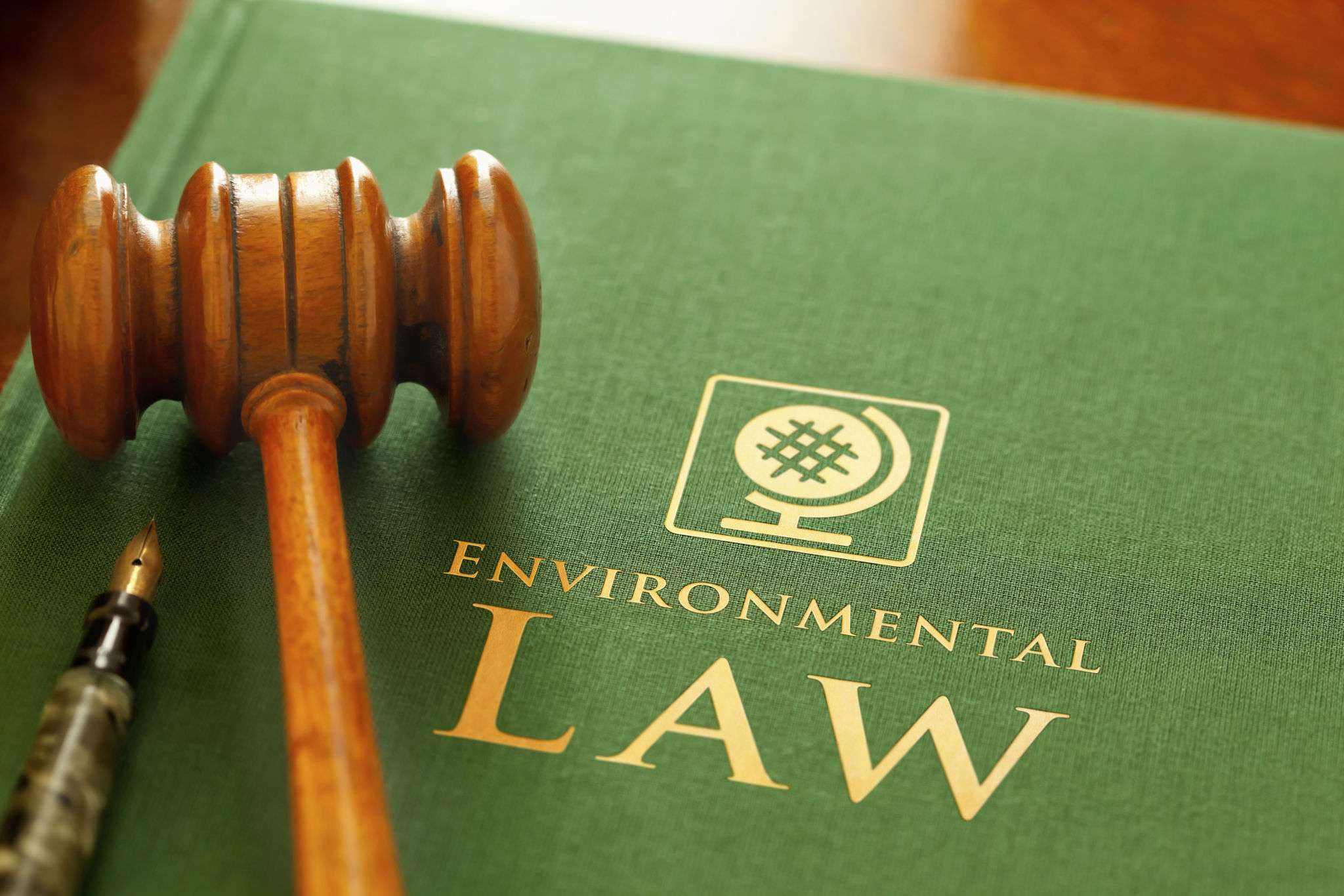Expert Insights: Navigating Environmental Regulations for Scientific Projects in Walton County
Understanding Environmental Regulations
Embarking on scientific projects in Walton County requires a comprehensive understanding of the local environmental regulations. These regulations are in place to ensure that research and development activities do not adversely affect the region's natural ecosystems. Scientists and researchers must be well-versed in these guidelines to navigate the regulatory landscape effectively.
Walton County is known for its rich biodiversity and unique habitats, making environmental considerations particularly important. Researchers must comply with various local, state, and federal regulations designed to protect these precious resources. Understanding these regulations is crucial for the successful execution of scientific projects in the area.

Key Regulatory Bodies and Their Roles
Several regulatory bodies oversee environmental compliance in Walton County, each with specific roles and responsibilities. The primary agencies include the Environmental Protection Agency (EPA), the Florida Department of Environmental Protection (FDEP), and local county authorities. Each of these entities enforces regulations that impact scientific projects.
The EPA is responsible for enforcing federal environmental laws, while the FDEP implements state-specific regulations. Local authorities ensure that projects align with community standards and regional environmental goals. Understanding the roles of these agencies helps researchers identify which regulations apply to their projects.
Complying with Local Ordinances
In addition to state and federal regulations, Walton County has specific ordinances that govern scientific research activities. These ordinances focus on preserving local wildlife, minimizing pollution, and maintaining the natural beauty of the area.
Researchers must obtain the necessary permits and approvals from local authorities before initiating any project. This process often involves submitting detailed project plans and demonstrating compliance with all relevant ordinances. By adhering to these local requirements, researchers contribute to the sustainability of Walton County's environment.

Steps for Navigating Environmental Regulations
Navigating environmental regulations can be challenging, but following a structured approach can simplify the process. Here are some essential steps to ensure compliance:
- Conduct a Thorough Research: Understand the specific regulations that apply to your project by researching federal, state, and local requirements.
- Engage with Regulatory Authorities: Establish communication with relevant agencies to clarify any uncertainties and seek guidance.
- Prepare Detailed Documentation: Compile comprehensive project plans that demonstrate adherence to all applicable regulations.
- Secure Necessary Permits: Obtain all required permits and approvals before commencing any project activities.
By following these steps, researchers can effectively navigate the regulatory landscape and ensure that their projects comply with all necessary environmental guidelines.

The Importance of Continuous Monitoring
Once a project is underway, continuous monitoring is essential to ensure ongoing compliance with environmental regulations. Researchers should regularly assess their activities to identify any potential impacts on the environment and take corrective actions if necessary.
This proactive approach not only helps maintain compliance but also demonstrates a commitment to environmental stewardship. Continuous monitoring can prevent potential issues from escalating, ensuring that scientific projects align with Walton County's environmental goals.
Adapting to Regulatory Changes
The regulatory landscape is constantly evolving, with new guidelines and amendments regularly introduced. Researchers must stay informed about these changes to ensure ongoing compliance with updated regulations.
Engaging with industry networks, attending workshops, and subscribing to regulatory updates are effective ways to stay abreast of changes. By remaining informed, researchers can adapt their projects as needed to meet new regulatory requirements.
In conclusion, navigating environmental regulations for scientific projects in Walton County requires a thorough understanding of local, state, and federal guidelines. By adhering to these regulations, engaging with regulatory bodies, and continuously monitoring their activities, researchers can successfully execute their projects while preserving the region's natural ecosystems.